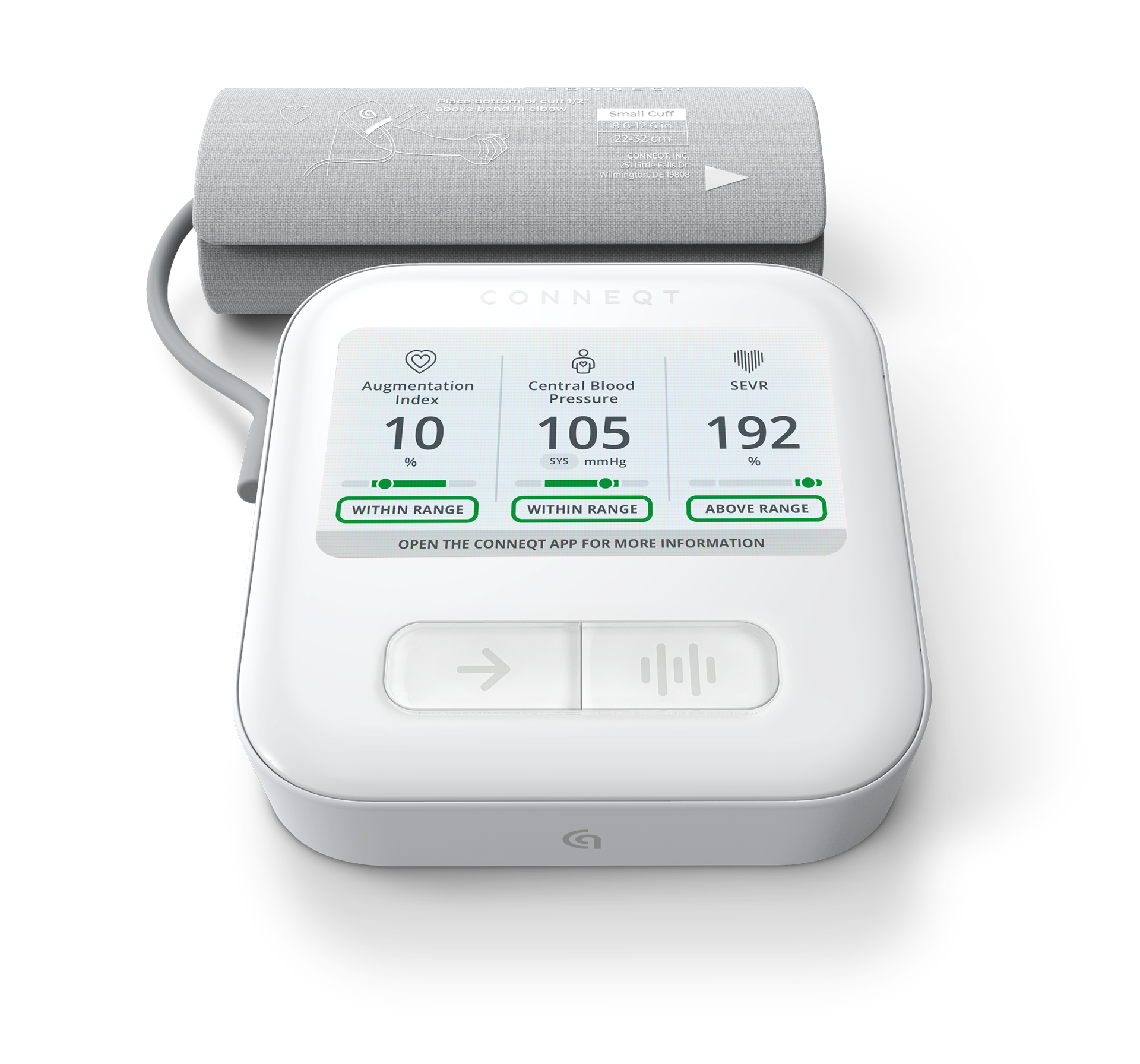As a lifelong athlete and CEO of CONNEQT Health, I’m always tuned into the latest research that challenges conventional thinking—especially when it comes to how exercise affects your calcium score and cardiovascular health as you age.
A recent study from UT Southwestern Medical Center, led by Dr. Benjamin Levine, has made headlines for exploring a surprising connection between long-term exercise and coronary artery calcium (CAC)—the medical term for your calcium score and a key marker used to assess cardiovascular risk. Like a lot of research headlines, the truth lies in the nuance.

Measure what matters
Save 20% on checkout with code VITALITY
Here’s what you really need to know.
What Is a Calcium Score—and Why Does It Matter for Cardiovascular Health?
CAC is a measurement of calcified plaque in your coronary arteries—the vessels that supply blood to your heart. It’s picked up through a specialized CT scan and has become one of the most popular predictors of cardiovascular risk, especially in middle-aged and older adults.
Traditionally, higher CAC scores have been linked to an increased risk of heart disease, since they signal the presence of atherosclerosis. But the story’s a little more complicated for athletes.
The Study: High-Volume Exercise and CAC
Dr. Levine’s team analyzed data from over 23,000 men aged 40–80. Here’s what they found:
- High-intensity exercise alone (think sprints or HIIT) was not linked to higher CAC. So pushing your limits now and then won’t necessarily raise your calcium score.
- However, lifetime exercise volume—especially prolonged endurance training over many years—was associated with higher CAC scores.
At first glance, that might seem concerning. Why would people who exercise more—arguably the healthiest among us—show more signs of arterial calcification?
Understanding the “Calcium Paradox” in Athletes
Here’s the key insight: not all CAC is created equal.
In endurance athletes, higher CAC doesn’t necessarily signal danger. In fact, studies—including this one and others led by Levine—suggest that the calcium found in these individuals may actually represent more stable plaque. That’s a good thing.
Unlike soft plaque that can rupture and trigger heart attacks, calcified plaque is more like hardened cement. It’s stable, less likely to break off, and may actually be a protective adaptation to years of increased vascular stress.
So while these athletes may have higher CAC numbers, they often have lower all-cause mortality and better overall heart function than sedentary individuals with similar scores.
How to Understand Your Calcium Score in the Context of Cardiovascular Health
If you’ve been an endurance athlete for decades—or are getting into higher-volume training later in life—this study is a reminder to interpret CAC scores with context. They’re a useful tool, but they’re just one piece of a much bigger picture.
More importantly, this research reaffirms what many of us in the space already believe: consistent exercise, even at high volumes, remains one of the best investments you can make in your cardiovascular future.
Final Takeaways and Recommendations
- Don’t fear your CAC score—understand it. If you’re an athlete, discuss your results with a cardiologist who understands exercise physiology.
- Keep training smart. The heart is a muscle—and like any muscle, it needs recovery, balance, and respect.
- Go deeper than standard tests. At CONNEQT, we’re developing tools that look beyond CAC—like arterial stiffness, central blood pressure, and SEVR—to give a more dynamic view of cardiovascular function under real-world conditions.
- Longevity isn’t just about movement—it’s about informed movement. Biomarkers matter. Recovery matters. And understanding your body’s signals and arterial health can be just as powerful as any workout.
The takeaway? Context is everything. A higher calcium score in lifelong athletes doesn’t always signal higher risk—and in many cases, it reflects a stable, protective adaptation. The goal isn’t to chase perfect numbers, but to understand what they mean in the broader picture of your cardiovascular health.






